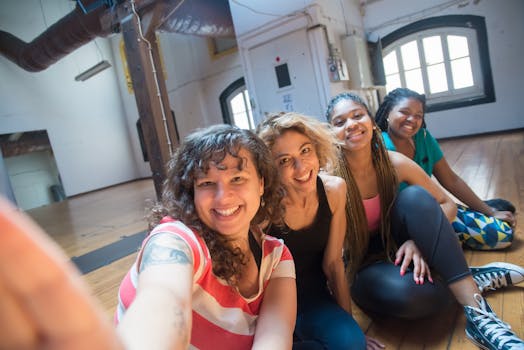
Cultural Fusion: Embracing Diversity in European Lifestyles by 2025
Cultural Fusion is the future of European lifestyles, and it’s happening now. By 2025, Europe aims to be a culturally rich and inclusive continent, where diversity is celebrated and valued. This shift towards cultural fusion is driven by the increasing diversity of the European population, as well as the need for a more cohesive and harmonious society.
Introduction to Cultural Fusion
Cultural fusion refers to the blending of different cultural practices, traditions, and values to create a new and unique cultural identity. In the context of European lifestyles, cultural fusion means embracing the diversity of cultures, languages, and beliefs that exist within the continent. This can manifest in various ways, such as through food, music, art, and literature.
Benefits of Cultural Fusion
The benefits of cultural fusion are numerous. For one, it promotes cross-cultural understanding and exchange, which can lead to a more harmonious and cohesive society. Cultural fusion also fosters creativity and innovation, as different cultural practices and traditions come together to create something new and unique. Furthermore, cultural fusion can help to break down cultural and social barriers, promoting a more inclusive and diverse society.
Examples of Cultural Fusion in Europe
There are many examples of cultural fusion in Europe, ranging from food to music to art. For instance, the city of Berlin is known for its vibrant cultural scene, which is characterized by a fusion of German, Turkish, and international cultures. Similarly, the city of London is home to a diverse range of cultural communities, from Indian to African to Caribbean, which have all contributed to the city’s unique cultural identity.
Challenges and Opportunities
While cultural fusion offers many benefits, it also presents several challenges. One of the main challenges is ensuring that cultural fusion is inclusive and respectful of all cultures involved. This requires a deep understanding of different cultural practices and traditions, as well as a willingness to learn and adapt. Another challenge is balancing the need for cultural fusion with the need to preserve cultural heritage and tradition.
Conclusion
In conclusion, cultural fusion is the future of European lifestyles, and it’s happening now. By 2025, Europe aims to be a culturally rich and inclusive continent, where diversity is celebrated and valued. While there are challenges to be overcome, the benefits of cultural fusion are numerous, and it has the potential to create a more harmonious, creative, and innovative society.






